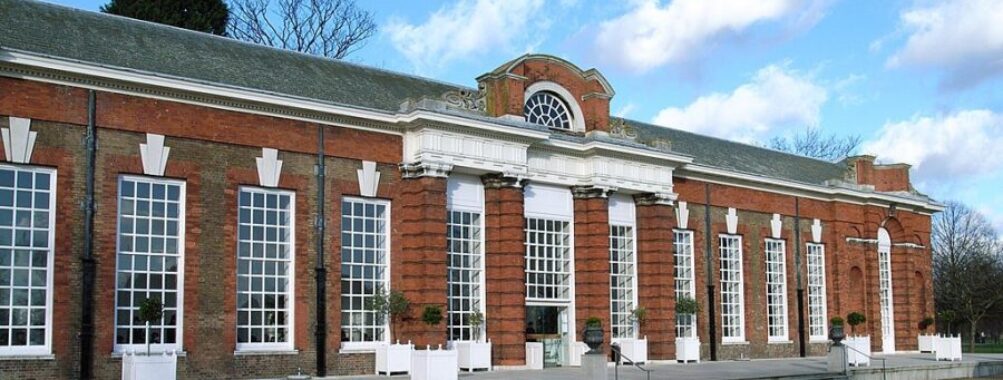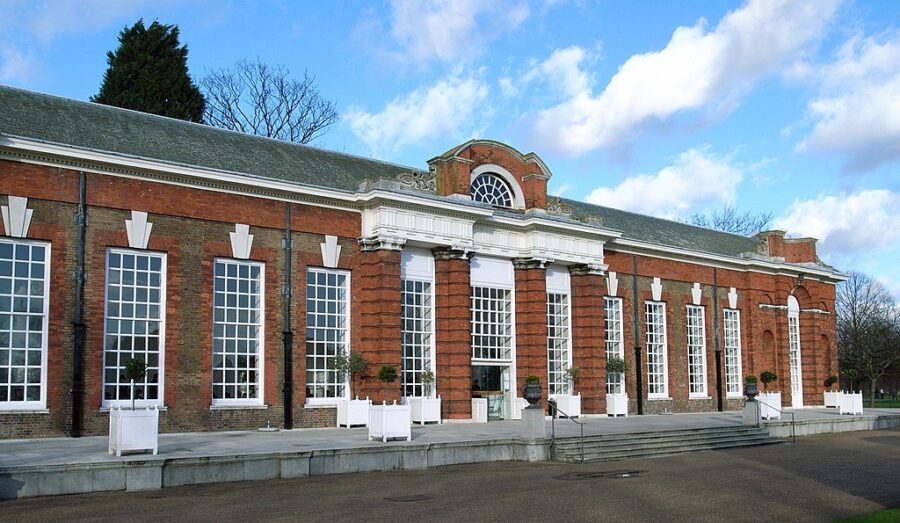
Kensington Palace
Table of Contents
- History and Significance
- Main Attractions and Activities
- Must-See Exhibits & Rooms
- Seasonal Highlights
- Interactive Experiences
- Visitor Experience
- Tips for Visitors
- Accessibility and Facilities
- Unique Features
- Overall Impressions
- Pros and Cons
- Location
- Places to Stay Near Kensington Palace
- Find and Book a Tour
- Explore More Travel Guides
History and Significance

Kensington Palace isn’t just another royal residence—it’s a time capsule of scandal, tragedy, and quiet revolutions. Originally a modest Jacobean mansion known as Nottingham House, it was transformed in 1689 when William III and Mary II, seeking refuge from London’s grime, turned it into a royal palace. Since then, its red-brick façade has witnessed everything from Queen Victoria’s lonely childhood to Princess Diana’s defiant fashion statements.
Today, the palace serves as both a museum and a working royal residence—home to the Duke and Duchess of Cambridge (William and Kate) and a handful of lesser-known royals. It’s this blend of past and present that makes Kensington Palace so fascinating. Walk through the King’s State Apartments, and you’re treading the same floors where scheming courtiers once whispered about succession crises. Glance out a window, and you might spot a modern-day princess pushing a pram through the gardens.
Main Attractions and Activities
Must-See Exhibits & Rooms
-
The Victoria Revealed Exhibit – A deeply personal look at Queen Victoria’s life, from her strict childhood under the “Kensington System” to her passionate marriage to Albert. Don’t miss her tiny dollhouse and the desk where she first learned she was queen.
-
The King’s State Apartments – Baroque grandeur at its finest, with ceilings painted by William Kent and a staircase so dramatic it deserves its fan club.
-
The Queen’s State Apartments – Where Mary II held court, now showcasing exquisite 17th-century furnishings and the “Windsors: A Royal Family” exhibit.
-
The Sunken Garden – Transformed into the White Garden in 2017 as a tribute to Princess Diana, this serene spot is where Harry and Meghan famously posed for post-engagement photos.
Seasonal Highlights
-
Diana’s Fashion Legacy – Rotating displays of her iconic outfits, from the revenge dress to the Travolta gown.
-
Christmas at Kensington – When the palace decks its halls with historically accurate (and surprisingly quirky) Georgian decorations.
-
Summer Garden Tours – The palace gardens, usually semi-private, open up for guided walks through hidden corners.
Interactive Experiences
-
“Enchanted Palace” – A family-friendly trail where kids solve mysteries tied to royal residents.
-
Royal Style Makers – A deep dive into how fashion shaped the palace’s most famous women.
-
After-Hours Tours – When the crowds disappear, the palace takes on an eerily intimate atmosphere.
Visitor Experience
Stepping into Kensington Palace feels like walking into a living novel. The air smells of beeswax polish and, depending on the season, roses from the garden. The light filtering through the tall windows casts everything in a soft, almost painterly glow.
The crowd is a mix of history buffs scrutinizing every plaque, Diana devotees clutching guidebooks, and casual tourists who wandered in from Hyde Park. The staff—mostly knowledgeable but unobtrusive—seem to understand that some visitors are here for the architecture, others for the Diana connection, and a few just to see if they can catch a glimpse of Will and Kate (you won’t).
One of the most magical moments? Turning a corner and suddenly facing Princess Diana’s wedding gown, displayed in a glass case with such reverence that it feels almost sacred.
Tips for Visitors
-
Buy Tickets Online – Saves time and often money. Entry is timed, so plan accordingly.
-
Go Early or Late – The palace is quietest right at opening (10 AM) or after 3 PM.
-
Combine with Hyde Park – The palace sits at the park’s western edge, perfect for a pre- or post-visit stroll.
-
Download the App – The free audio guide is excellent, especially for the Victoria exhibit.
-
Dress in Layers – Some rooms are chilly (blame those historic draughts).
-
Check for Closures – The palace is still a working residence; parts occasionally shut for royal events.
-
Visit the Orangery – Just outside the palace, this café serves proper afternoon tea without the Mayfair prices.
Accessibility and Facilities
Kensington Palace does surprisingly well for a 17th-century building:
-
Wheelchair access to most areas via lifts (except the Queen’s Staircase).
-
Borrowable wheelchairs are available at the entrance.
-
Tactile models of the palace for visually impaired visitors.
-
Accessible restrooms are on the ground floor.
The gift shop is a treasure trove of tasteful royal memorabilia—think Diana-inspired jewelry rather than cheap tchotchkes. The palace café serves decent sandwiches, but the nearby Orangery is worth the short walk for better food and atmosphere.
Unique Features
What sets Kensington Palace apart:
-
The Haunted Gallery – Where, legend says, King George II’s wife Caroline still roams, searching for her estranged husband.
-
The Cupola Room – A dazzling, gilded space where baby Victoria was christened.
-
The “Invisible Mending” Exhibit – Showcasing how conservators repair centuries-old textiles.
-
The Working Clock – Installed in 1690 and still keeping perfect time.
-
The Secret Garden – A tucked-away spot where palace staff sometimes eat lunch.
Overall Impressions
Kensington Palace manages to feel both grand and intimate—a rare feat for a royal residence. Unlike Buckingham Palace’s icy formality or Windsor Castle’s fortress-like grandeur, Kensington invites you to imagine real lives unfolding behind its elegant façade.
You’ll leave with Victoria’s teenage diary entries echoing in your mind, Diana’s fashion choices sparking conversations, and perhaps a newfound appreciation for how Britain’s royals have navigated public and private lives under one roof for centuries.
Pros and Cons
Pros
-
More personal than other royal palaces – Feels lived-in, not just like a museum.
-
Brilliantly curated exhibits that balance history with human stories.
-
Gorgeous gardens are included in admission.
-
Less crowded than Buckingham Palace.
-
Great location bordering Hyde Park.
Cons
-
Not all rooms are always open due to royal use.
-
Limited seating inside—those historic chairs are strictly look-don’t-sit.
-
No photography is allowed in some exhibits (especially Diana’s dresses).
-
It can feel cramped when tour groups converge.
Kensington Palace is the thinking person’s royal residence—where you come not just to gawk at gold ceilings but to ponder how queens are made, how princesses rebel, and how a building can shape a nation’s history.
As Victoria herself wrote in her diary after becoming queen: “I went to my room and cried.” After visiting her childhood home, you might understand why. Just don’t blame us if you leave wanting to rewatch The Crown or dig out that old Diana biography. The palace has that effect on people.
Location
Places to Stay Near Kensington Palace
Find and Book a Tour
Explore More Travel Guides
No reviews found! Be the first to review!